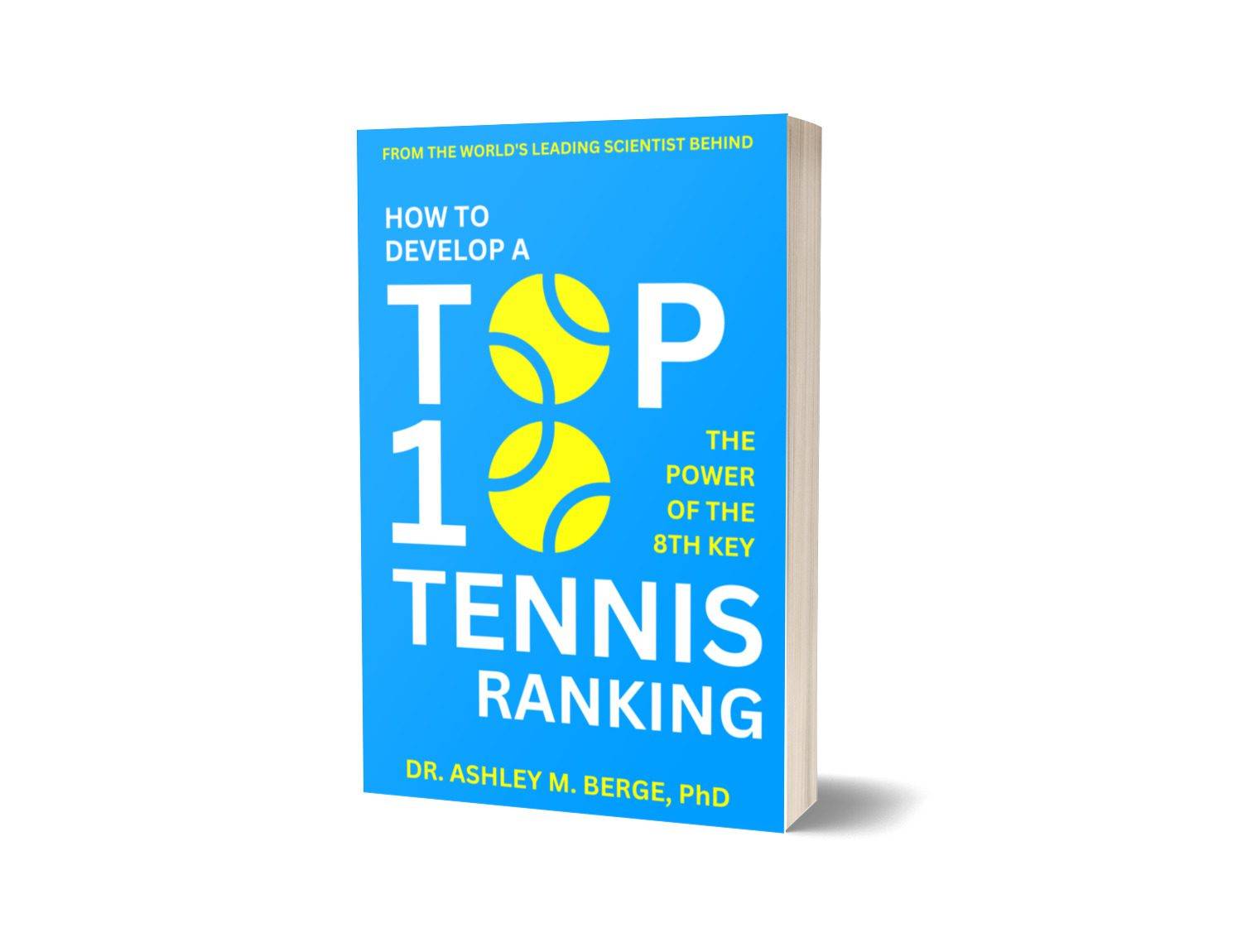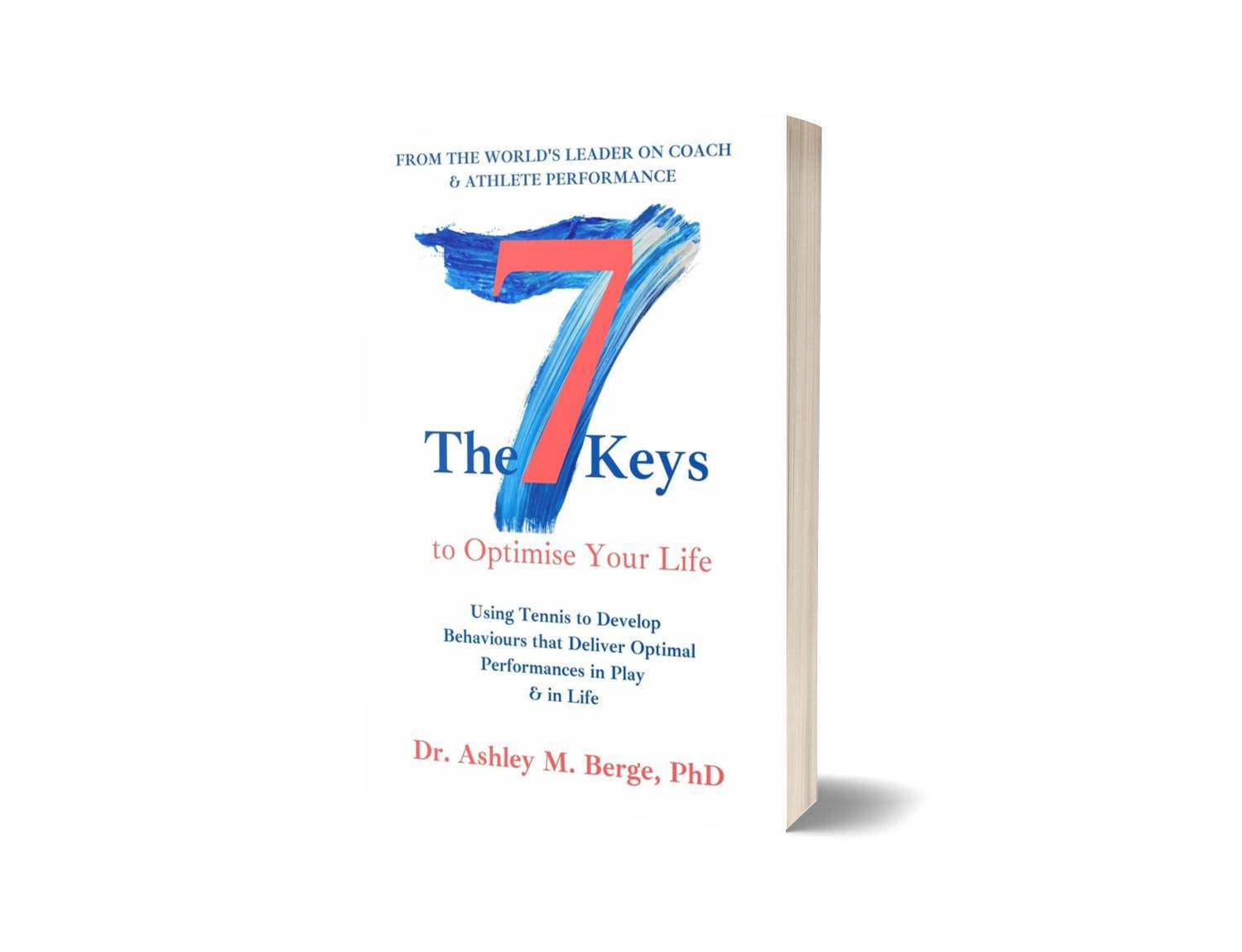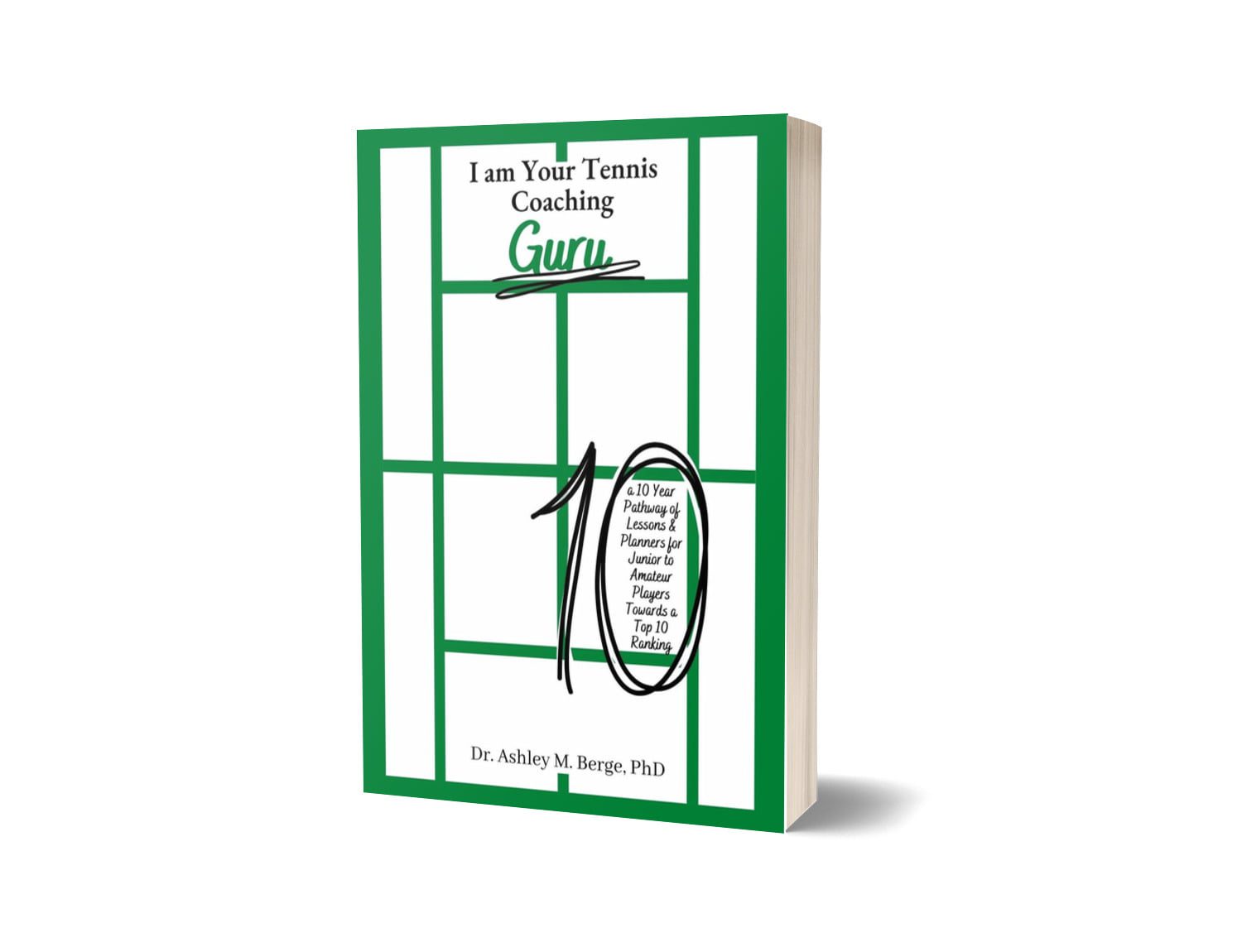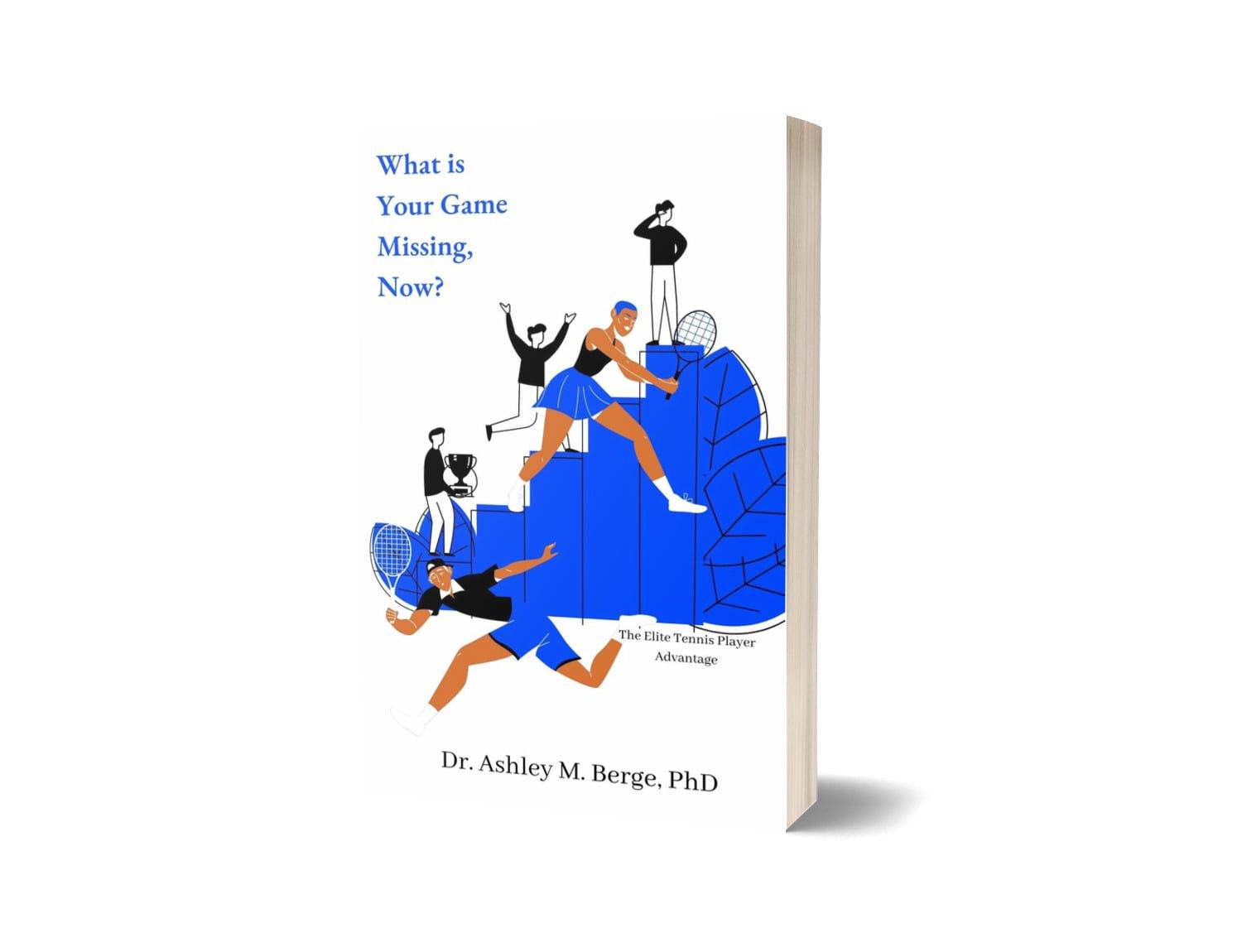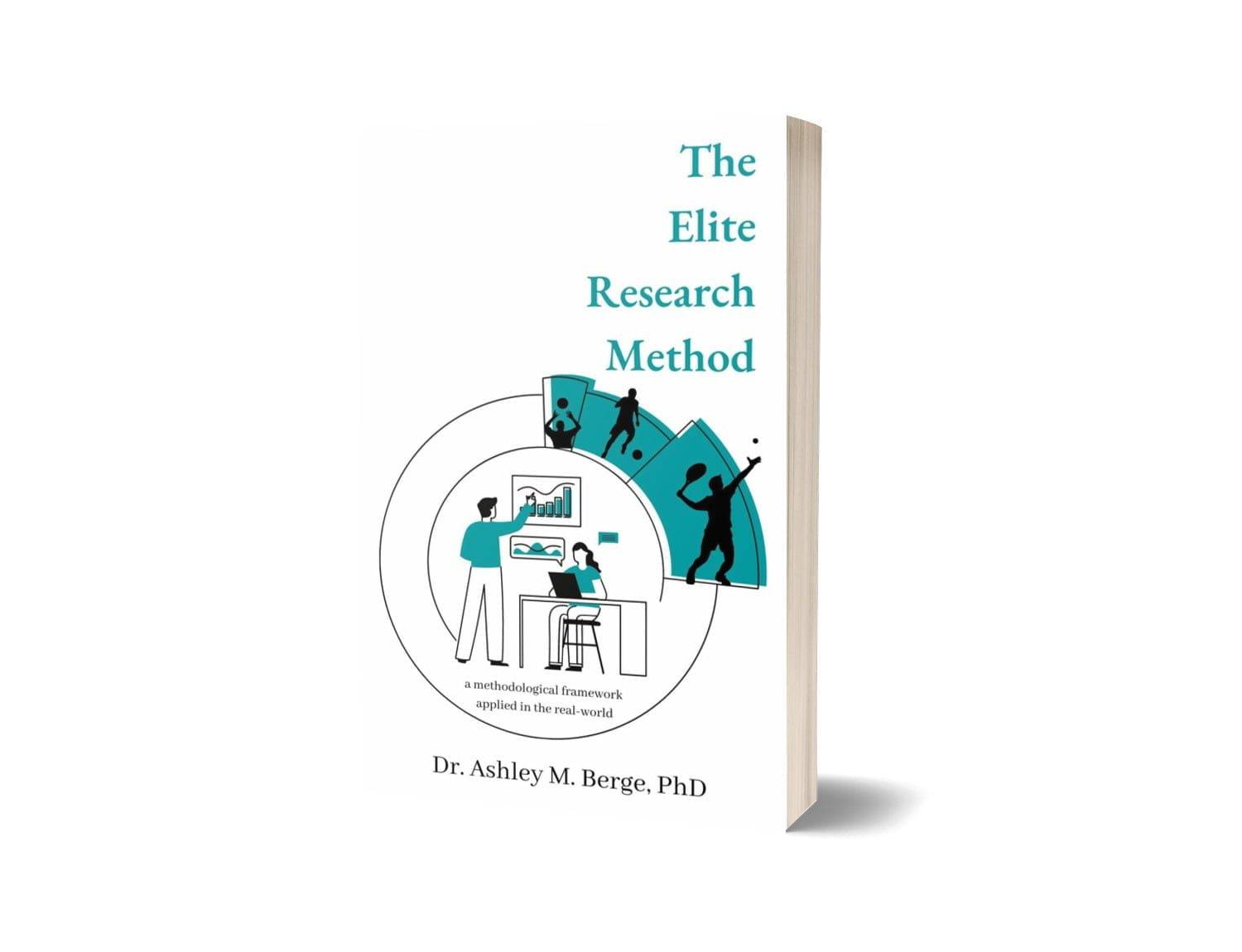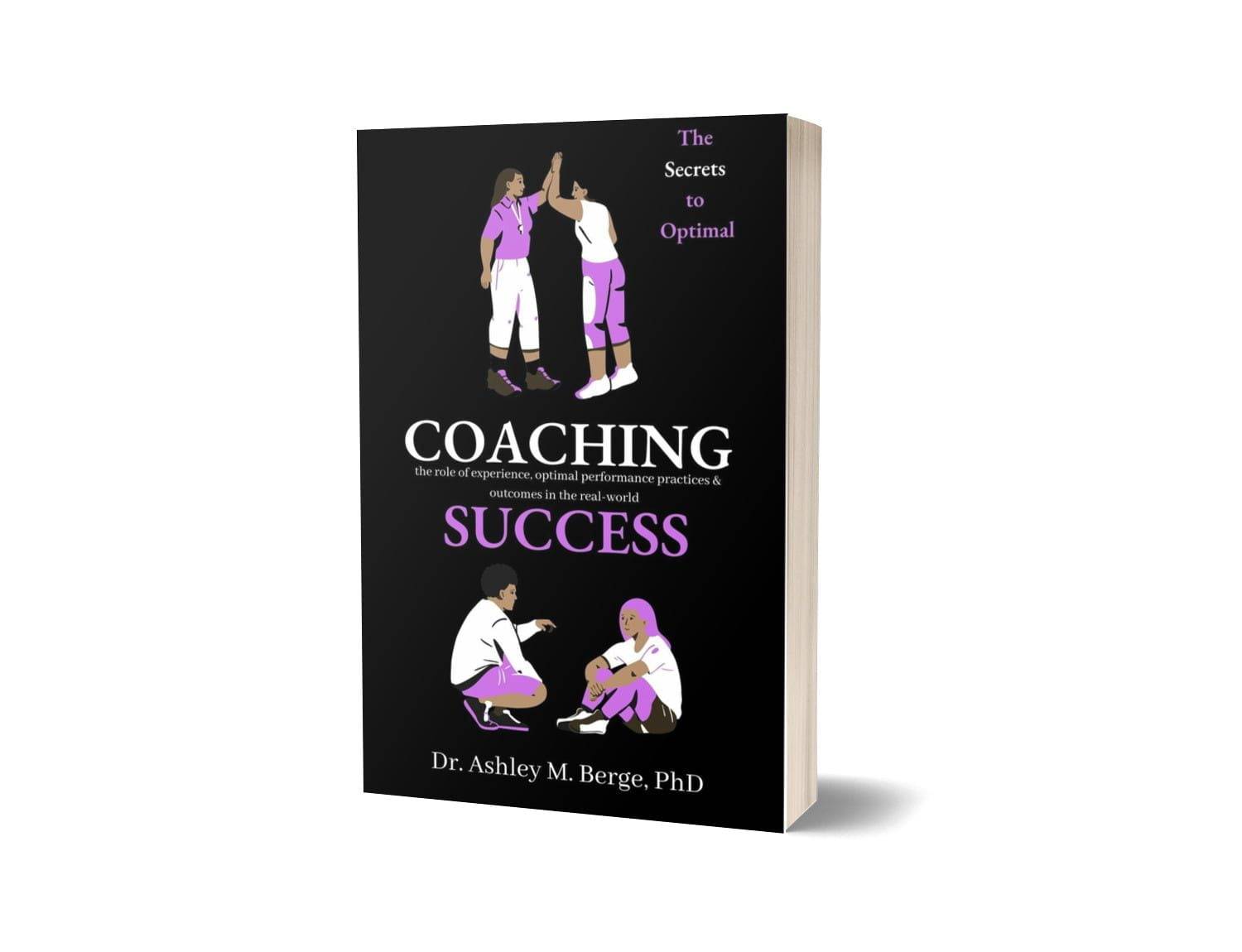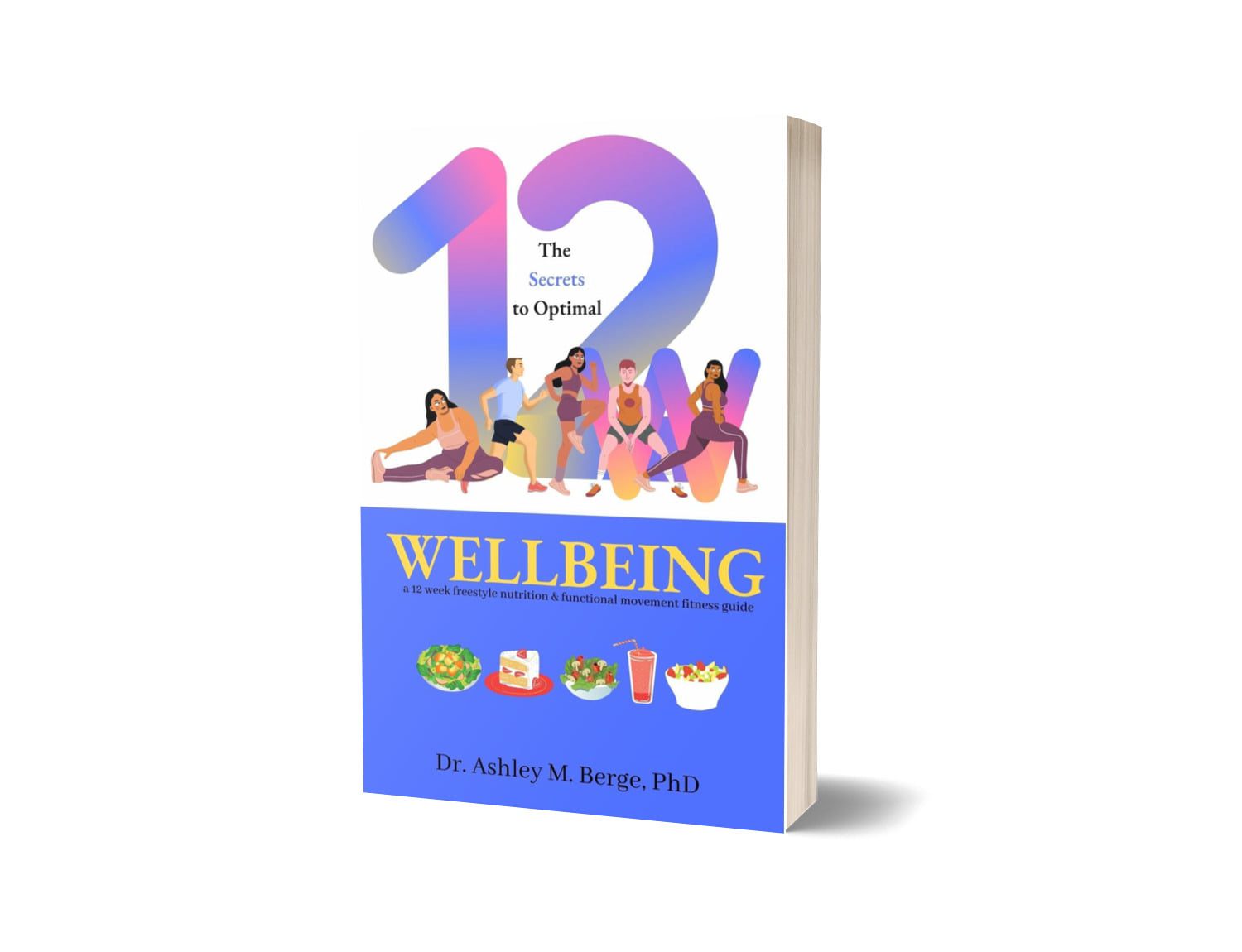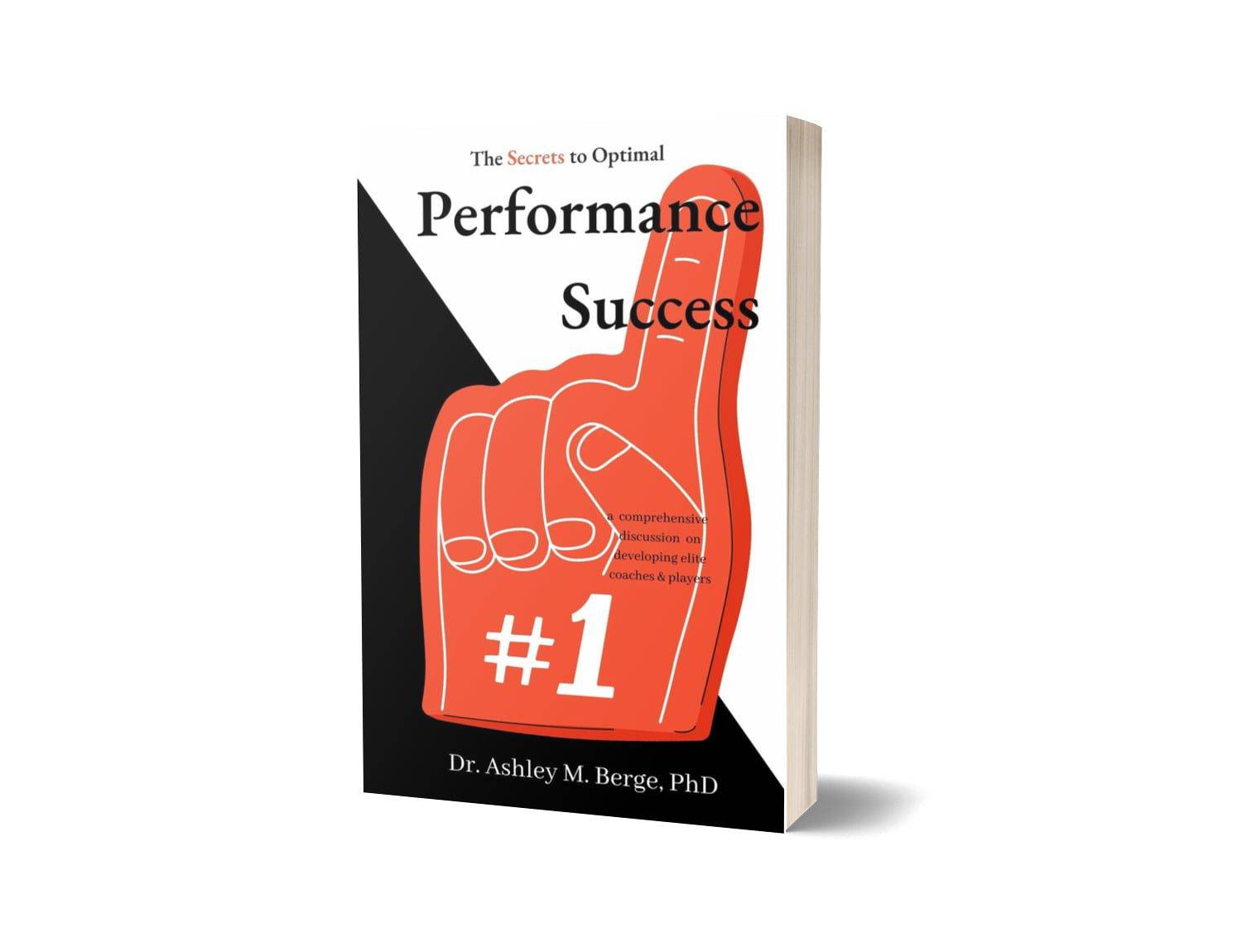
A topic that is often overlooked and not given the attention it deserves, education can play an incredibly powerful role in players and/or athletes development if given the right guidance and pathways. This can come in varying forms — ‘whatever’ works for the player/athlete and draws a positive response. In order to help the player/athlete leverage their education it begins with the right guidance to allows this ‘balancing act’ to flow through to their performance. At the same time, this corresponds with The Pathway and what’s in place specifically for that player/athlete.
Whether a two year plan to ten year pathway, education allows the player to offset their performance in a way that draws on their ‘education’ — from problem solving skills (mathematical to science subjects) to creative skills (humanities to artistic subjects)…
To read the full article please consider supporting my work through my new Book (pending release late 2024) that incorporates a variety of my writing — Dr Berge
To learn more about our data, predictive analytics and how to optimise your own performance, head on over to AM8 International. To learn more about AM8 International check out our selection of Books and/or options to join Dr B’s Pack to gain exclusive access to the best in the world. Not quite ready? Head on over to Beyond Top 10 Tennis for free access to 100+ episodes directly from Dr Berge of what it really takes to win multiple Grand Slams to securing that Top 10 tennis ranking with new episodes each week. More? Catch up on our Tips over on TikTok, Twitter, Threads or Instagram for quick snippets to apply in your game, today.
